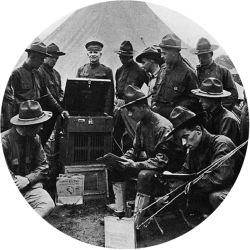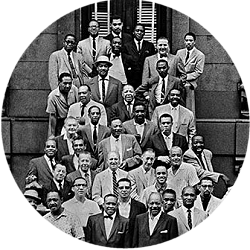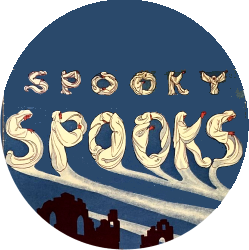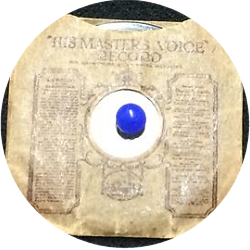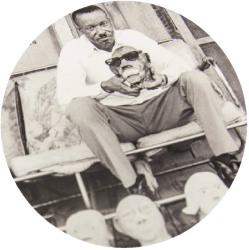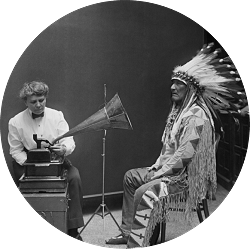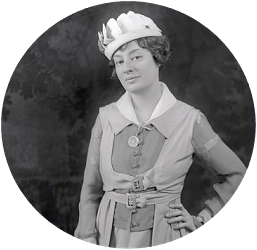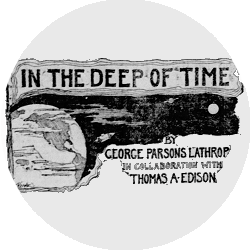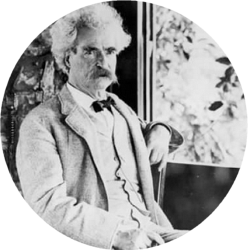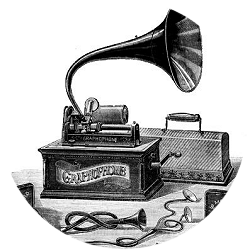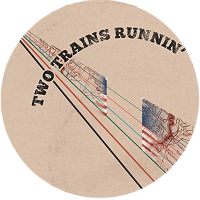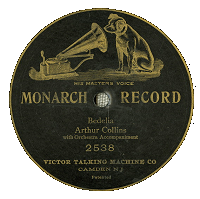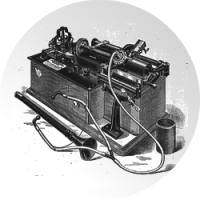
On June 21st, 1964 three young civil rights workers in Neshoba County, Mississippi were brutally murdered by the White Knights of the Ku Klux Klan while they participated in the Freedom Summer voter registration initiative. Racially-motivated killings were nothing new in that part of the country during the Jim Crow era, but two of the victims were affluent, young, white males from the north. That was enough to turn their deaths into major national news, attracting the attention of the FBI and President Lyndon Johnson and acting as a catalyst for the Voting Rights Act of 1965.
On the same day the killings, known as the Mississippi Burning murders, took place, another trio of young males from the north were driving through Mississippi with a different agenda. Led by guitarist John Fahey, the three men were obsessive fans of 1930s Delta blues musicians. Many of the key figures from that era had disappeared without a trace decades earlier, and they were determined to track down Skip James, whose sole recorded output was a handful of scratchy 78-RPM records in 1931. Through a combination of luck and guile, they found James at a hospital in Tunica, Mississippi.
Amazingly, another threesome of young, white males from the north were driving through Mississippi that same day in 1964 seeking out Son House, another Delta blues icon from the 1930s. They tracked him down via telephone and met up with him at his house in Rochester, New York two days later. Much like James, House had no idea that his old recordings had found a cult audience eager to see him play live. They both wound up attending the Newport Folk Festival the next month – James performed, though an ailment prevented House from taking the stage – relaunched their careers in the years to come after decades in complete obscurity.
The remarkable coincidence of these three historic events taking place on the same day in 1964 is the subject of the new documentary Two Trains Runnin', which hit the festival circuit last year and is now rolling out to theaters across America. The incredible story was going to be told in writer Benjamin Hedin's book In Search of the Movement: The Struggle for Civil Rights Then and Now, but once the focus of the work shifted, he was unable to fit it in. "It pained me," says Hedin, "I had done lots of research and interviews, [but] there was no place in it for the story of the searches for Son House and Skip James set against the backdrop of Freedom Summer."
He eventually realized the saga would make a perfect documentary. "That way you could hear from the activists themselves — so many are still alive — and also watch footage of Son House singing gospel or performing 'Death Letter Blues,'" he says. "Because finally there’s no substitute for that, for experiencing the force of his music, and Skip James’s music, firsthand."
Impressed by Sam Pollard's civil rights documentaries 4 Little Girls and The Rise and Fall of Jim Crow, Hedin sent him a proposal to turn the saga into a film. "I was initially hesitant to try and tackle this," says Pollard. "But he was very persuasive. I thought that telling the story of the search for Son House and Skip James would be hard, but telling the story of Freedom Summer would be double-y or even tripley hard. But I said, 'Okay, let's tackle it. It took us on a journey.'"
The filmmaking journey was complicated for many reasons. The search for House was documented by a single photo, which is more than what survived from the James expedition. Many of the key participants, including John Fahey and both blues singers, are long dead. There's an enormous amount of video and photos from the Mississippi Burning murders, but fusing that narrative to the quest for the blues musicians proved challenging. But once they filmed Buddy Guy, Lucinda Williams and Gary Clark Jr. playing Delta blues songs and brought on Common (who served as an executive producer) to narrate the story, it started coming together.
"Figuring out how long to stay with each story and when to go back was tricky," says Pollard. "I have to tip my hat to [co-producer and editor] Dava [Whisenant]. "She understood that using the music was going to be a very important aspect of telling the story, which she did very successfully. In the first few cuts we were on the blues guys for too long and the Freedom Summer parts felt too short. We had to find that dichotomy. It was a delicate process."
They also made the crucial decision to bring on an animation team that worked on Searching For Sugarman to animate key parts of the story, even if Pollard didn't love that particular Academy Award-winning documentary. "It didn't inspire me," he says. "Quite honestly, it felt overly-manipulated. But I loved their animators. They did great work."
The entire process took nearly four years, during which time the world changed in immeasurable ways. "Photography began the month of the George Zimmerman trial, and we started postproduction in November 2014, around the time of the Ferguson riots," says Hedin. "Our festival rollout was during the rise of Trump. So while we were making this movie about the summer of 1964 we were also watching the distance between that time and our own shrink and evaporate."
Contemporary issues, like the battle against voter ID laws and the Supreme Court's decision to strip away segments of the Voting Rights Act of 1965, pop up near the end of the film. "I thought it was important to connect to the state of America today," says Pollard. "We're living in very, very tentative times in this country. "The challenge is to get this movie to rise, rise, rise and make it to the top of the food chain."
Courtesy of Rolling Stone






